Reptiles are fascinating creatures belonging to the class Reptilia. Unlike amphibians, reptiles have evolved to live their entire lives on land, enabling them to thrive in diverse habitats. They are vertebrates that breathe air through their lungs. Most reptiles lay eggs, have scaly skin, and are ectothermic, meaning they rely on external sources of heat to regulate their body temperature.
Introduction To Reptiles
There are four orders within the class Reptilia:
1. Crocodylia: This order includes crocodiles, alligators, caimans, and gharials. Crocodiles are large, predatory reptiles found in various regions of the world.
2. Rhynchocephalia: The tuatara is the only living species in this order. It is a unique reptile found in New Zealand.
3. Squamata: This order comprises snakes, lizards, and worm lizards. Snakes are elongated legless reptiles, while lizards have four legs and a distinct body shape. Worm lizards, also known as amphisbaenians, resemble worms or snakes with a unique body structure.
4. Testudines: Turtles and tortoises belong to this order. They have protective shells that encase their bodies.
List Of Reptiles
Now let’s explore a variety of reptiles from different orders:
1. Common Adder:

- Scientific name: Vipera berus
- Habitat: Europe, Asia
- Type: Snake
- Family: Viperidae
- Conservation status: Least Concern
The common adder is a venomous snake with zigzag markings along its back. It has a squat appearance and can reach lengths of up to 75 cm. Found in various habitats, including forests and wetlands, the adder hibernates in winter and becomes active during spring mating season.
2. Alligator Snapping Turtle:
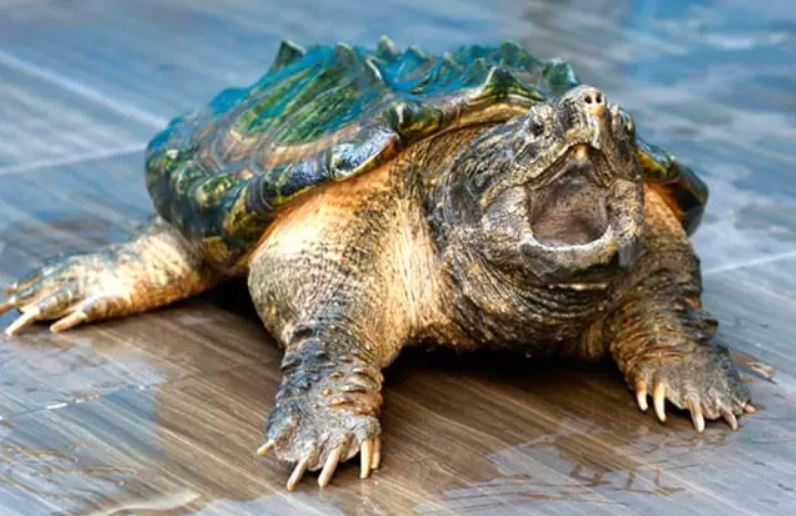
- Scientific name: Macrochelys temminckii
- Habitat: North America
- Type: Turtle
- Family: Chelydridae
- Conservation status: Vulnerable
The alligator snapping turtle is the largest freshwater turtle, weighing over 220 lb. It uses a worm-shaped appendage on its tongue as bait to lure fish into its powerful jaws. Habitat loss is a significant threat to this species.
3. American Alligator:
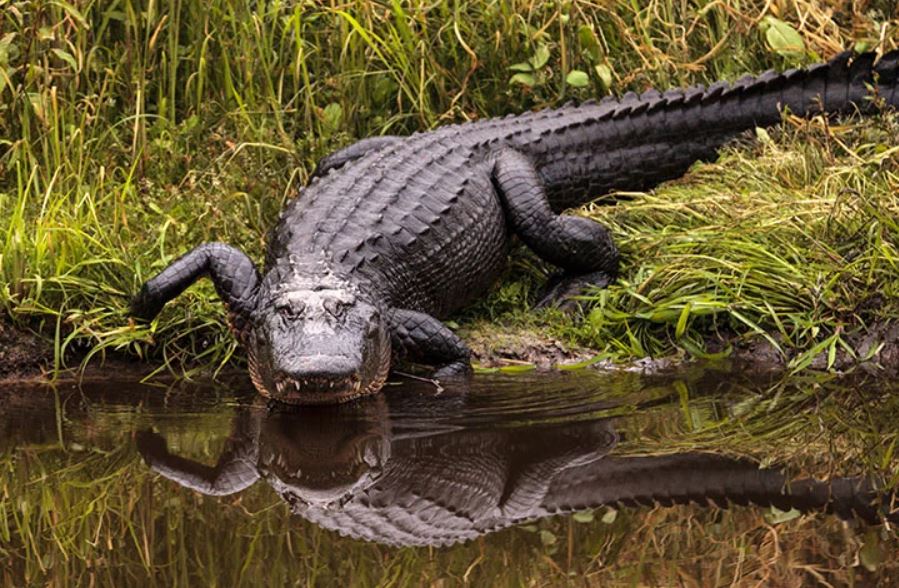
- Scientific name: Alligator mississippiensis
- Habitat: North America
- Type: Crocodilian
- Family: Alligatoridae
- Conservation status: Least Concern
The American alligator is a large predatory reptile found in the southeastern United States and northeastern Mexico. It is one of the two crocodilian species native to the US and is known for its presence in the states of Florida, Louisiana, and Mississippi.
4. Black Mamba:

- Scientific name: Dendroaspis polylepis
- Habitat: Africa
- Type: Snake
- Family: Elapidae
- Conservation status: Least Concern
The black mamba is Africa’s second-longest venomous snake, capable of reaching lengths over 3 m. It is known for its speed, aggression, and potent venom. Despite its name, the inside of its mouth is black with a ring of bright white.
5. Frilled Lizard:

- Scientific name: Chlamydosaurus kingii
- Habitat: Australasia
- Type: Lizard
- Family: Agamidae
- Conservation status: Least Concern
The frilled lizard, also called the frill-necked lizard, is found in northern Australia and southern New Guinea. It has a unique defense mechanism of raising a brightly colored frill around its head to startle predators or rivals.
These are just a few examples of the diverse reptiles inhabiting our world. Each species has its own unique characteristics and adaptations that allow them to thrive in their respective environments. From venomous snakes to giant turtles, reptiles display a remarkable array of shapes, sizes, and behaviors.
6. African Spurred Tortoise:

- Scientific name: Centrochelys sulcata
- Habitat: Africa
- Type: Turtle
- Family: Testudinidae
- Conservation status: Endangered
The African spurred tortoise is one of the largest tortoise species, found in the Sahara Desert and Sahel region of Africa. It faces threats due to habitat loss, capture for the pet trade, and hunting for meat.
7. Gharial:
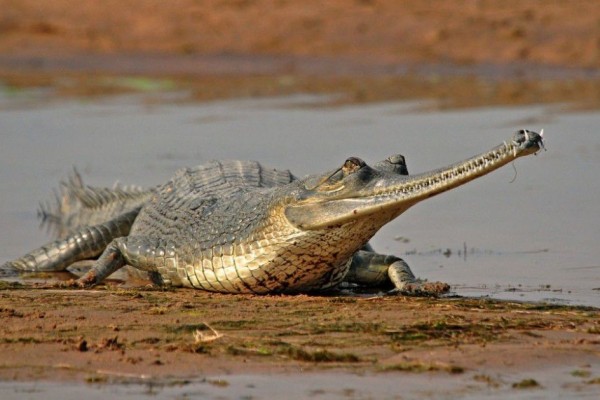
- Scientific name: Gavialis gangeticus
- Habitat: Asia
- Type: Crocodilian
- Family: Gavialidae
- Conservation status: Critically Endangered
The gharial is a slender crocodilian found in the rivers of India, Bangladesh, and Nepal. It possesses a long, thin snout with sharp teeth, perfectly adapted for catching fish. The construction of dams and barrages has severely fragmented its population, leading to its critical endangered status.
8. Gila Monster:
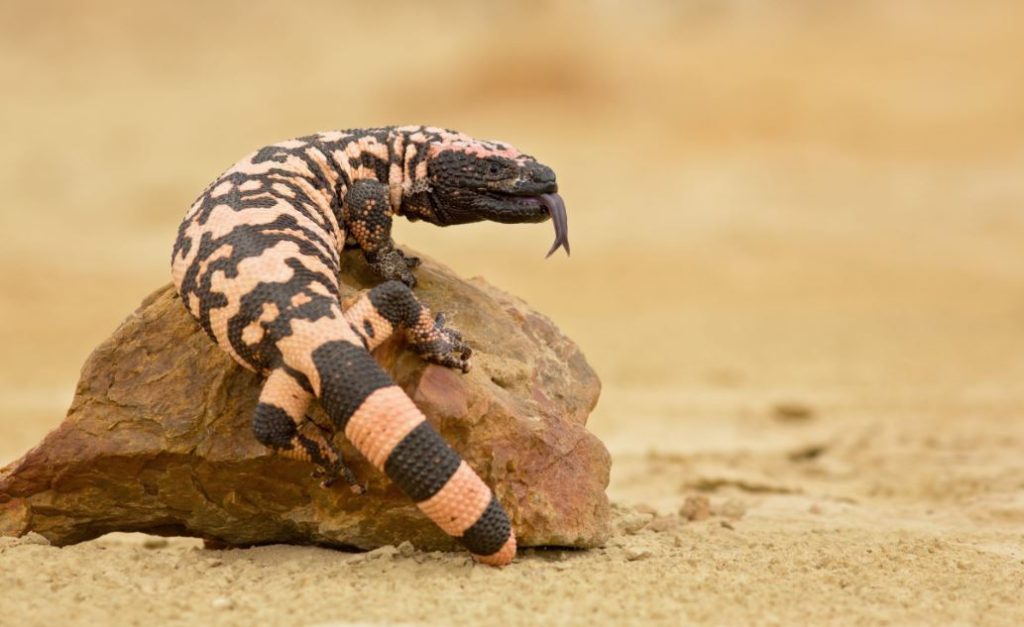
- Scientific name: Heloderma suspectum
- Habitat: Northern America
- Type: Lizard
- Family: Helodermatidae
- Conservation status: Near Threatened
The Gila monster is a venomous lizard inhabiting the desert regions of the southwestern United States. Known for its striking orange and black markings, it is one of the two venomous lizards found in North America. While its bite is painful, it is not lethal to humans in good health.
9. Green Anaconda:
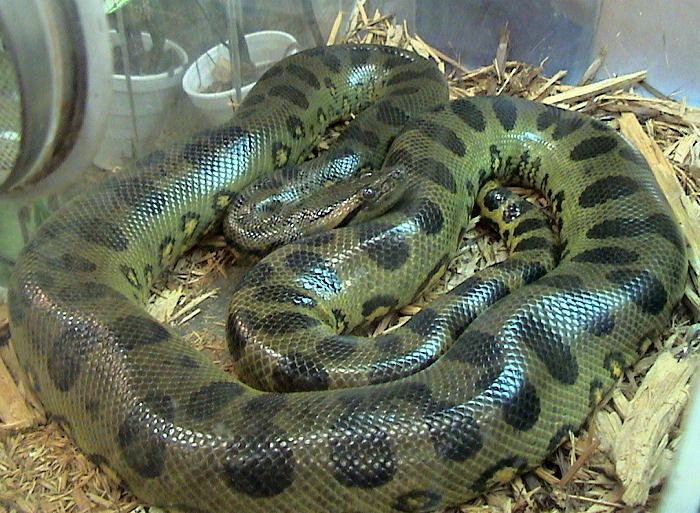
- Scientific name: Eunectes murinus
- Habitat: South America
- Type: Snake
- Family: Boidae
- Conservation status: Least Concern
The green anaconda holds the title for being the heaviest snake species globally. Found in the Amazon Rainforest, it is a skilled swimmer and relies on constriction to overpower its prey. Although non-venomous, its massive size and strength make it a formidable predator.
10. Green Sea Turtle:
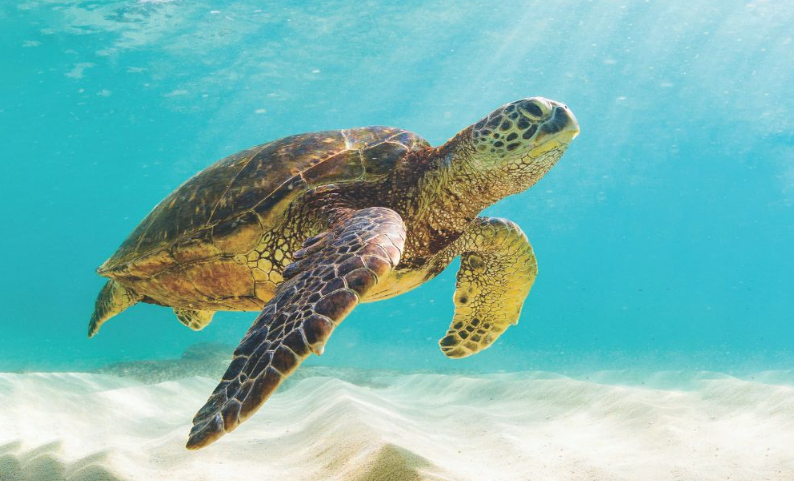
- Scientific name: Chelonia mydas
- Habitat: Tropical and subtropical oceans worldwide
- Type: Turtle
- Family: Cheloniidae
- Conservation status: Endangered
The green sea turtle is one of the largest species of sea turtles, known for its herbivorous diet. Unlike most reptiles, it shifts to a plant-based diet as it matures. It faces numerous threats, including habitat degradation, fishing gear entanglement, and poaching.
11. Inland Taipan:
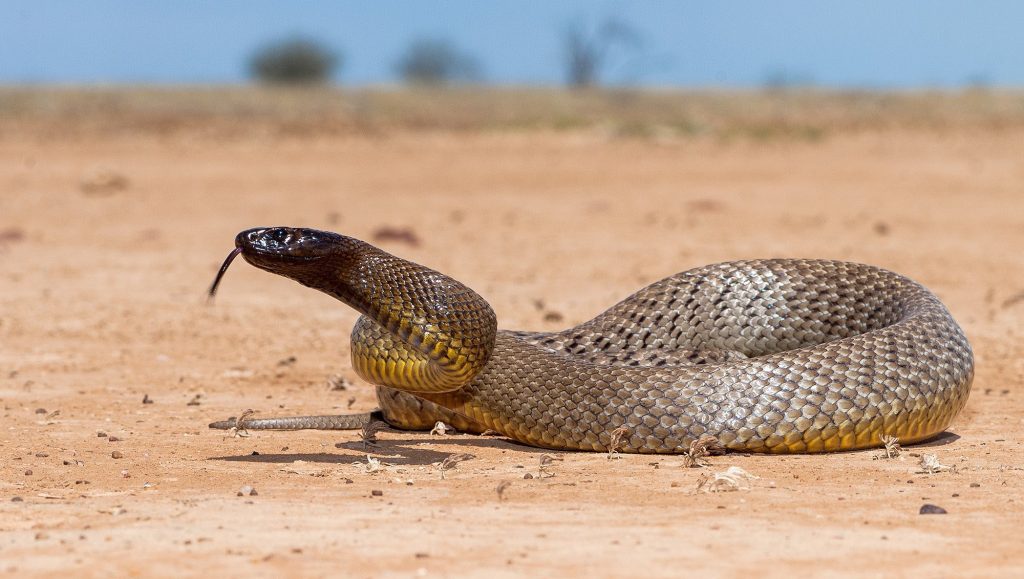
- Scientific name: Oxyuranus microlepidotus
- Habitat: Australia
- Type: Snake
- Family: Elapidae
- Conservation status: Least Concern
The inland taipan, also known as the “fierce snake,” holds the title for being the world’s most venomous snake. It inhabits semi-arid regions of Australia and possesses a venom so potent that a single bite can be lethal to multiple humans. However, it is generally non-aggressive towards humans.
12. Komodo Dragon:
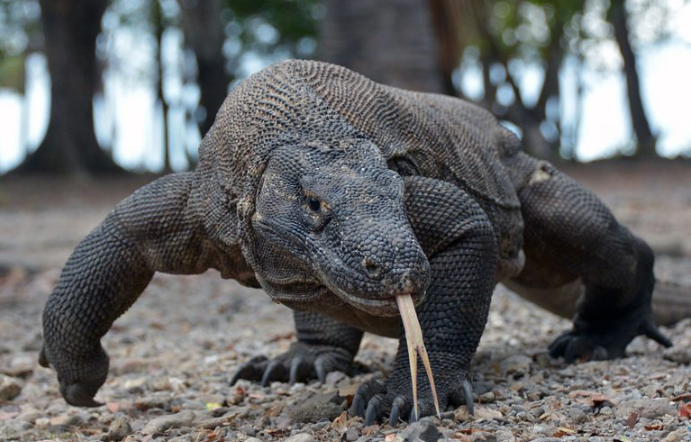
- Scientific name: Varanus komodoensis
- Habitat: Indonesia
- Type: Lizard
- Family: Varanidae
- Conservation status: Endangered
The Komodo dragon is the largest lizard species, reaching lengths of up to 3 meters. Found on the Indonesian islands of Komodo, Rinca, and Flores, it possesses a powerful bite and is known for its saliva, which contains bacteria that can lead to a lethal infection in its prey.
These examples provide a glimpse into the incredible diversity of reptiles found worldwide.
13. Leatherback Sea Turtle:
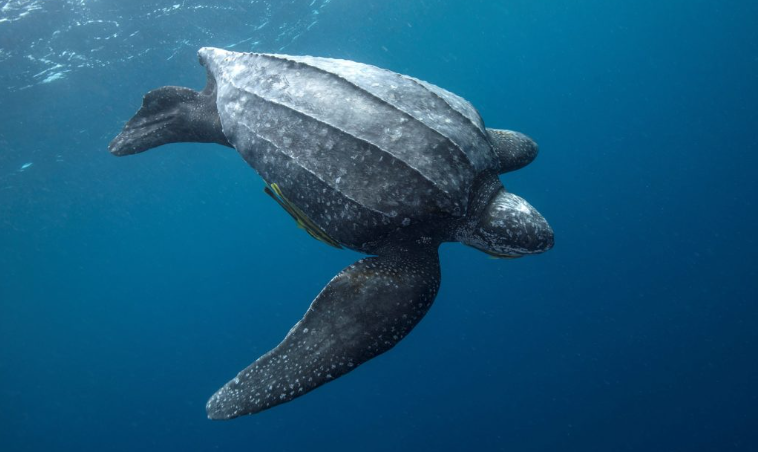
- Scientific name: Dermochelys coriacea
- Habitat: Tropical, temperate, and sub-polar oceans worldwide
- Type: Turtle
- Family: Dermochelyidae
- Conservation status: Vulnerable
The leatherback sea turtle is the largest of all sea turtle species, with a weight of up to 750 kg. It possesses a unique leathery shell and is known for its impressive swimming speed. The leatherback can dive to depths of 1.3 km, making it a remarkable deep-sea explorer.
14. Mojave Desert Tortoise:
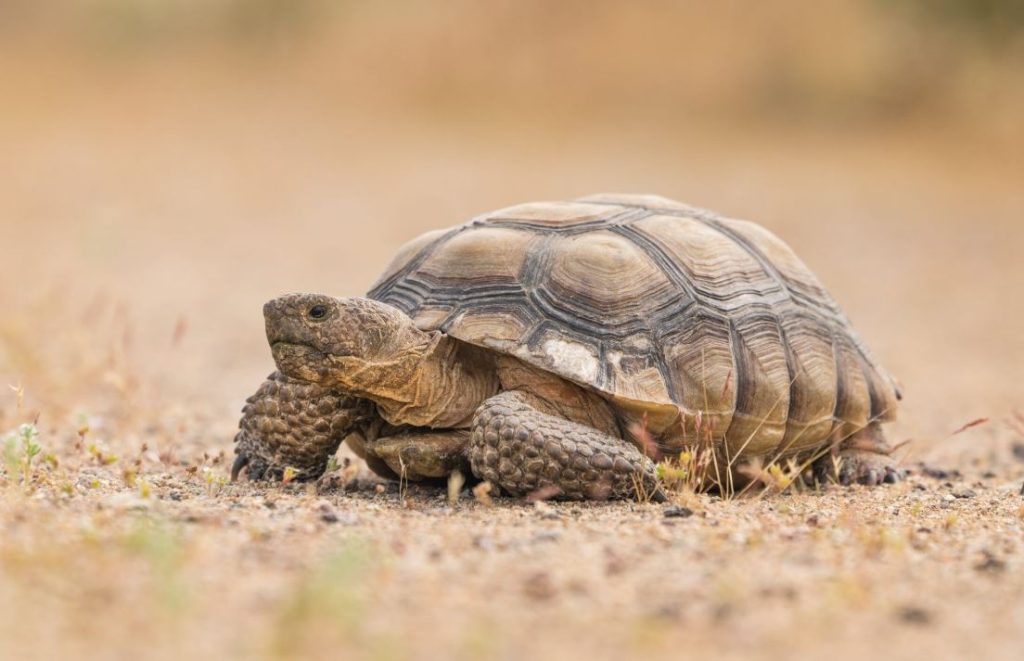
- Scientific name: Gopherus agassizii
- Habitat: North America
- Type: Turtle
- Family: Testudinidae
- Conservation status: Critically Endangered
The Mojave desert tortoise is a slow-moving herbivorous reptile found in the Mojave Desert. It has a shell length of 9 to 14.5 inches and plays a vital role in desert ecosystems. However, habitat loss and human activities have pushed this species to the brink of extinction.
15. Nile Crocodile:

- Scientific name: Crocodylus niloticus
- Habitat: Africa
- Type: Crocodilian
- Family: Crocodylidae
- Conservation status: Least Concern
The Nile crocodile is a formidable reptile inhabiting freshwater rivers and lakes across Africa. It is the largest crocodile species on the continent, with males reaching lengths exceeding 5.5 meters. Known for its aggressive nature, the Nile crocodile poses a threat to humans and other animals that share its territory.
16. Puff Adder:
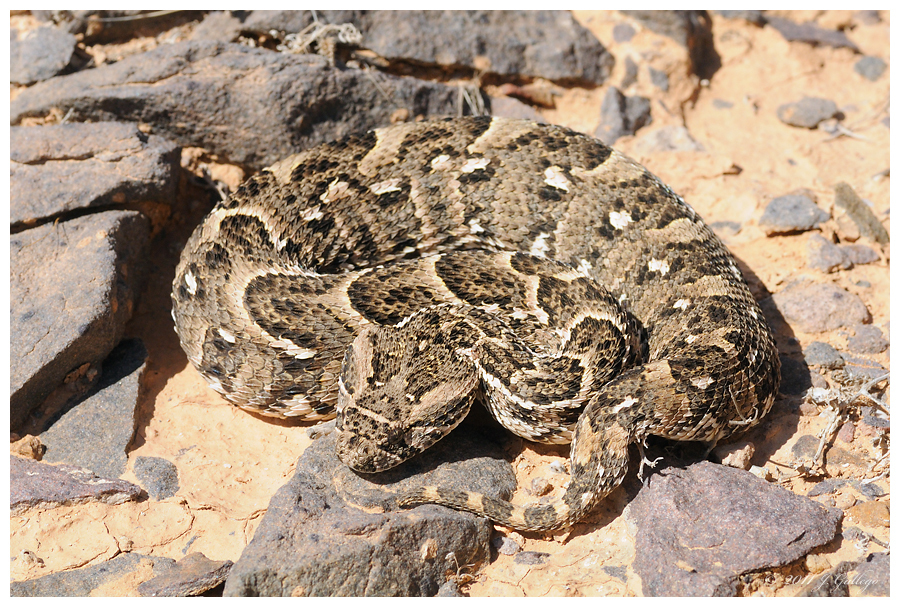
- Scientific name: Bitis arietans
- Habitat: Africa
- Type: Snake
- Family: Viperidae
- Conservation status: Currently Unassessed
The puff adder is a venomous snake commonly found in various regions of Africa, excluding rainforests and deserts. It is responsible for the highest number of snakebite fatalities on the continent. With its camouflage and ambush hunting strategy, the puff adder is a master of blending into its surroundings.
17. Saltwater Crocodile:

- Scientific name: Crocodylus porosus
- Habitat: Australia, Asia
- Type: Crocodilian
- Family: Crocodylidae
- Conservation status: Least Concern
The saltwater crocodile holds the title for being the largest reptile in the world. Found in estuaries, river systems, and swamps of Northern Australia and Southeast Asia, it is an apex predator known for its incredible strength and adaptability. Its size, aggression, and ability to move between saltwater and freshwater habitats make it a formidable species.
18. Slow-Worm:

- Scientific name: Anguis fragilis
- Habitat: Europe
- Type: Lizard
- Family: Anguidae
- Conservation status: Least Concern
The slow-worm is a legless lizard native to Europe. Despite resembling a snake, it is classified as a lizard due to its ability to blink and shed its tail. With its smooth skin and lack of overlapping scales, the slow-worm adapts well to its habitats, including forests, heathlands, and gardens.
19. Spectacled Caiman:
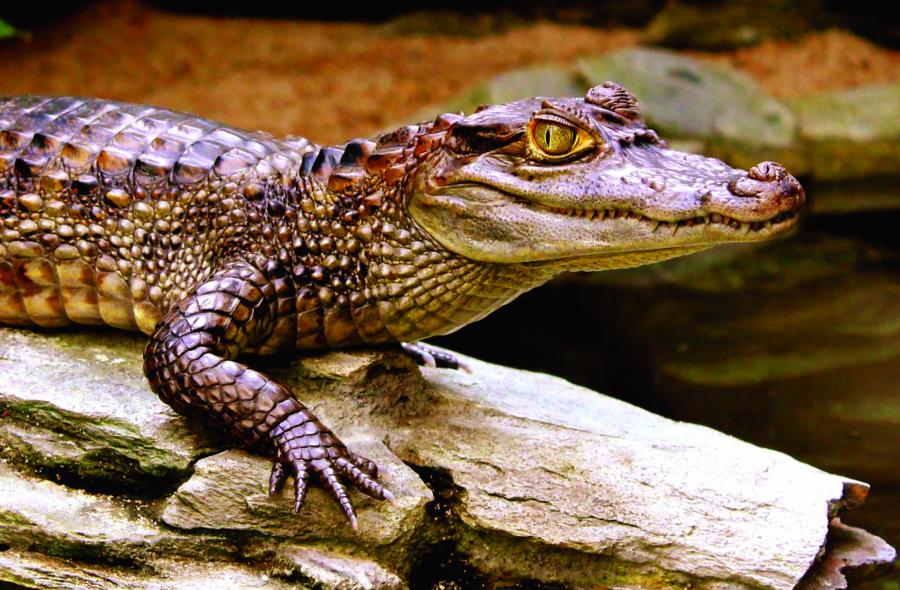
- Scientific name: Caiman crocodilus
- Habitat: Central America, South America
- Type: Crocodilian
- Family: Alligatoridae
- Conservation status: Least Concern
The spectacled caiman is a predatory reptile inhabiting rivers and lakes of Central and South America. Recognized by the bony ridge between its eyes resembling spectacles, this caiman species adapts to various habitats, including rain forests, grasslands, and wetlands. It has a length of around 1.5 meters, with some males reaching up to 2.5 meters. The spectacled caiman has a widespread distribution, ranging from southern Mexico to Brazil and Peru.
20. Thorny Devil:

- Scientific name: Moloch horridus
- Habitat: Australia
- Type: Lizard
- Family: Agamidae
- Conservation status: Least Concern
The thorny devil is a unique lizard species found in the arid regions of Australia. Despite its fearsome appearance, it primarily feeds on ants, making it harmless to humans. Its skin has grooves that help channel moisture to its mouth, enabling it to survive in the harsh desert environment.
21. Tuatara:

- Scientific name: Sphenodon punctatus
- Habitat: New Zealand
- Type: Rhynchocephalian
- Family: Sphenodontidae
- Conservation status: Vulnerable
The tuatara is a living fossil and the only surviving species of the Rhynchocephalia order. Endemic to New Zealand, it possesses distinctive characteristics such as a double row of teeth and a long lifespan of up to 100 years. The tuatara plays a significant role in scientific research due to its ancient lineage.
These examples highlight the remarkable diversity of reptiles, showcasing their adaptations to various environments and their importance in ecosystems worldwide. From the venomous and powerful to the docile and enigmatic, reptiles continue to captivate our imagination with their intriguing features and behaviors.